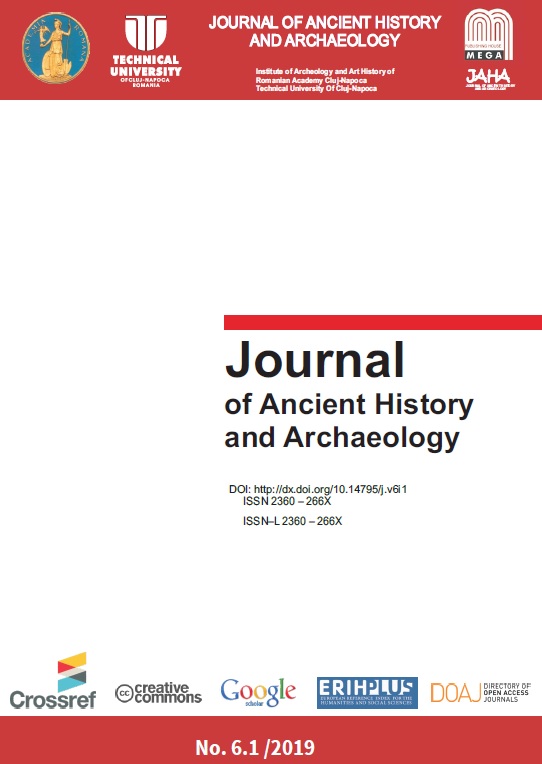THE METROLOGICAL SYSTEMS OF THE FINAL BRONZE AGE BALANCE WEIGHTS AND THE PRE-ROMAN COINAGE OF ATLANTIC IBERIA: A SHARED SYRIAN STANDARD?
THE METROLOGICAL SYSTEMS OF THE FINAL BRONZE AGE BALANCE WEIGHTS AND THE PRE-ROMAN COINAGE OF ATLANTIC IBERIA: A SHARED SYRIAN STANDARD?
Author(s): Eleftheria PappaSubject(s): History, Archaeology, Ancient World
Published by: Editura Mega Print SRL
Keywords: balance weights; Portugal; Final Bronze Age;
Summary/Abstract: The study departs from recent suggestions that locally produced balance weights from settlement sites in central Portugal, dated to the Final Bronze Age (1200-900) are based on a Late Bronze Age Syrian/Ugaritic metrological system (13th-12thc. BCE). These proposals have been based on the comparative studies of the weights of these Atlantic objects, but have not been examined rigorously in comparison with Near Eastern metrological systems, despite the claims they make. This has repercussions for the conclusions drawn so far. The present study has a threefold aim. First, it examines this hypothesis of a Syrian derivation of metrological systems underlying the local production of balance weights in Atlantic Iberian settlements (ca. 1200-900 BCE). Secondly, it investigates whether these local balance weights bear any metrological relationship to those balance weights of Phoenician typologies encounterd in Atlantic Iberian sites of the colonial period (8th-6th c. BCE). Thirdly, taking as a case study the better documented evidence from Alcácer do Sal, it examines for the first time whether these metrological systems, in use for centuries in Atlantic Iberia, underly the metrologies of the earliest, pre-Roman, locally-minted coinage, which follows Phoenician iconography but is struck using the syllabary of the indigenous languages, developed in the 8thc. BCE as an adaptation of the Phoenician script. The study suggests that the dating of the earliest group of balance weights needs to be lowered. In addition, it documents a likely derivation of the metrological system of coinage from the Phoenician milieuof Iberia, rather than the 3rdc. BCE Carthaginian metrologies, as advocated so far. This is supported by the metrological continuity between balance weights and coinage, and the latter's iconography, as the present study documents.
Journal: Journal of Ancient History and Archaeology
- Issue Year: 6/2019
- Issue No: 1
- Page Range: 60-80
- Page Count: 20
- Language: English

